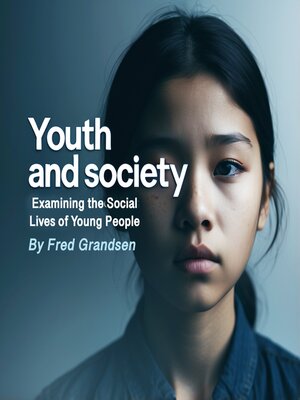Youth and Society
audiobook (Unabridged) ∣ Examining the Social Lives of Young People
By Fred Grandsen

Sign up to save your library
With an OverDrive account, you can save your favorite libraries for at-a-glance information about availability. Find out more about OverDrive accounts.
Find this title in Libby, the library reading app by OverDrive.



Search for a digital library with this title
Title found at these libraries:
| Library Name | Distance |
|---|---|
| Loading... |
Youth is a dynamic and socially constructed stage of life, shaped by cultural, economic, and historical factors. It is not merely a biological phase between childhood and adulthood but a period influenced by social expectations, policies, and institutional frameworks. While age-based definitions exist, they vary across cultures and societies, making "youth" a flexible and evolving category.
Historically, the concept of youth has changed over time. In traditional societies, young people transitioned quickly into adult roles through work, marriage, and family responsibilities. However, industrialization, urbanization, and formal education systems extended this period, creating a distinct youth culture. In contemporary society, youth is often associated with identity exploration, self-discovery, and the gradual assumption of adult responsibilities. This shift has been influenced by structural changes such as the expansion of higher education, delayed workforce entry, and evolving family dynamics.
The social construction of youth is evident in the ways governments, media, and institutions define and regulate young people's lives. Policies related to education, employment, and legal adulthood shape how youth are perceived and treated in different regions. For example, the legal age for voting, drinking, and working varies across countries, reflecting societal expectations of maturity and responsibility. Similarly, media representations often portray youth either as a time of opportunity and innovation or as a period of rebellion and risk, shaping public perceptions and policy decisions.







